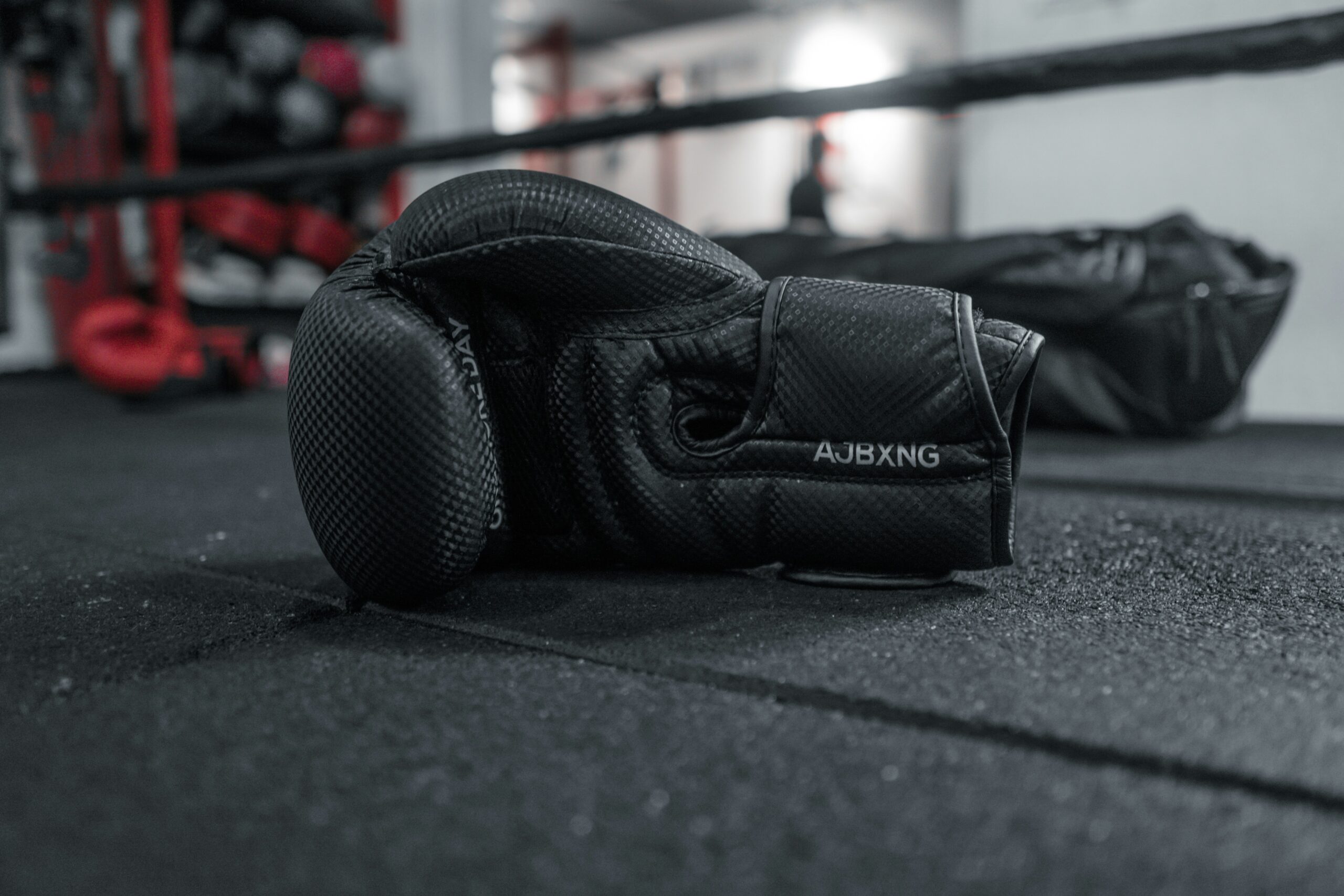
Strength training is a cornerstone of athletic performance especially in boxing, and for boxers, it’s essential for honing the power, speed, and endurance needed to dominate in the ring. While traditional boxing workouts focus on technique, agility, and cardiovascular fitness, integrating strength training into a boxer’s regimen can take their skills to the next level. In this article, we’ll delve into the importance of strength training for boxers, explore key exercises and methodologies, and discuss how it contributes to overall success inside and outside the ring.
Understanding the Importance of Strength Training for Boxers
Boxing is a sport that demands a unique blend of physical attributes: speed, agility, endurance, and, crucially, power. While technique and skill are paramount, having a solid foundation of strength can greatly enhance a boxer’s performance. Strength training serves several purposes in boxing:
1. Increased Power: The ability to deliver forceful punches is vital in boxing. Stronger muscles generate more power, enabling boxers to land devastating blows that can knock out opponents or sway judges in their favor.
2. Improved Endurance: Boxing matches can be grueling affairs, often lasting several rounds. Strength training helps boxers develop the muscular endurance needed to maintain their performance levels throughout the entirety of a fight, reducing fatigue and ensuring they can execute their game plan effectively.
3. Injury Prevention: Strengthening muscles, tendons, and ligaments can help protect boxers from injuries commonly associated with the sport, such as sprains, strains, and fractures. A well-rounded strength training program can also address muscular imbalances and promote overall joint health.
4. Enhanced Speed and Agility: Contrary to popular belief, strength training doesn’t necessarily make athletes slower or less agile. When done correctly, it can actually improve these qualities by increasing neuromuscular efficiency and facilitating faster, more explosive movements.
Key Principles of Strength Training for Boxers
Effective strength training for boxers incorporates a combination of exercises, techniques, and principles tailored to the specific demands of the sport. Here are some key principles to keep in mind:
1. Functional Movements: Focus on exercises that mimic the movements and muscle recruitment patterns used in boxing, such as punching, ducking, and weaving. Compound movements like squats, deadlifts, and overhead presses are particularly beneficial.
2. Core Stability: A strong core is essential for generating power and maintaining balance and stability during punches and defensive maneuvers. Incorporate exercises that target the core, including planks, Russian twists, and medicine ball throws.
3. Balance and Coordination: Boxing is as much about timing and precision as it is about raw strength. Include exercises that challenge balance and coordination, such as single-leg squats, agility ladder drills, and stability ball exercises.
4. Periodization: Structuring training cycles to include phases of varying intensity, volume, and focus is crucial for optimizing results and preventing overtraining. Periodization allows boxers to peak at the right time for competitions while minimizing the risk of burnout or injury.
5. Recovery and Regeneration: Having adequate rest and recovery are just as important as training itself. Incorporate strategies such as foam rolling, stretching, massage, and proper nutrition to support muscle recovery and reduce the risk of overuse injuries.
Sample Strength Training Routine for Boxers
A well-rounded strength training routine for boxers should target all major muscle groups while emphasizing functional movements, core stability, and explosive power. Here’s a sample routine that can be modified and adjusted based on individual needs and preferences:
1. Warm-Up (10-15 minutes): Dynamic stretching, light cardio, and mobility drills to prepare the body for the workout ahead.
2. Compound Exercises (3-4 sets, 6-8 reps):
– Barbell Squats
– Deadlifts
– Bench Press
– Pull-Ups or Lat Pulldowns
Check out our compound exercises article here
3. Functional Movements (2-3 sets, 8-12 reps):
– Medicine Ball Slams
– Kettlebell Swings
– Box Jumps
– Battle Rope Exercises
4. Core Stability (2-3 sets, 10-15 reps):
– Planks (Front, Side, and Reverse)
– Russian Twists
– Hanging Leg Raises
5. Agility and Coordination Drills (10-15 minutes):
– Agility Ladder Drills
– Cone Drills
– Speed Bag Work
6. Cool Down and Stretching (5-10 minutes): Static stretches targeting major muscle groups to improve flexibility and aid in recovery.
Conclusion
Strength training is not just a supplement to boxing training; it’s an integral component that can elevate a boxer’s performance to new heights. By incorporating targeted exercises, adhering to sound training principles, and maintaining a disciplined approach to recovery and regeneration, boxers can unleash their full potential inside and outside the ring. Whether they’re aiming to land the knockout blow or go the distance with finesse and resilience, a strong foundation of strength will always be their greatest ally in the pursuit of victory.


One response to “Boxing Performance: The Ultimate Guide to Strength Training for Boxers”
[…] Check out our article about other strength training related to specific sports here. […]